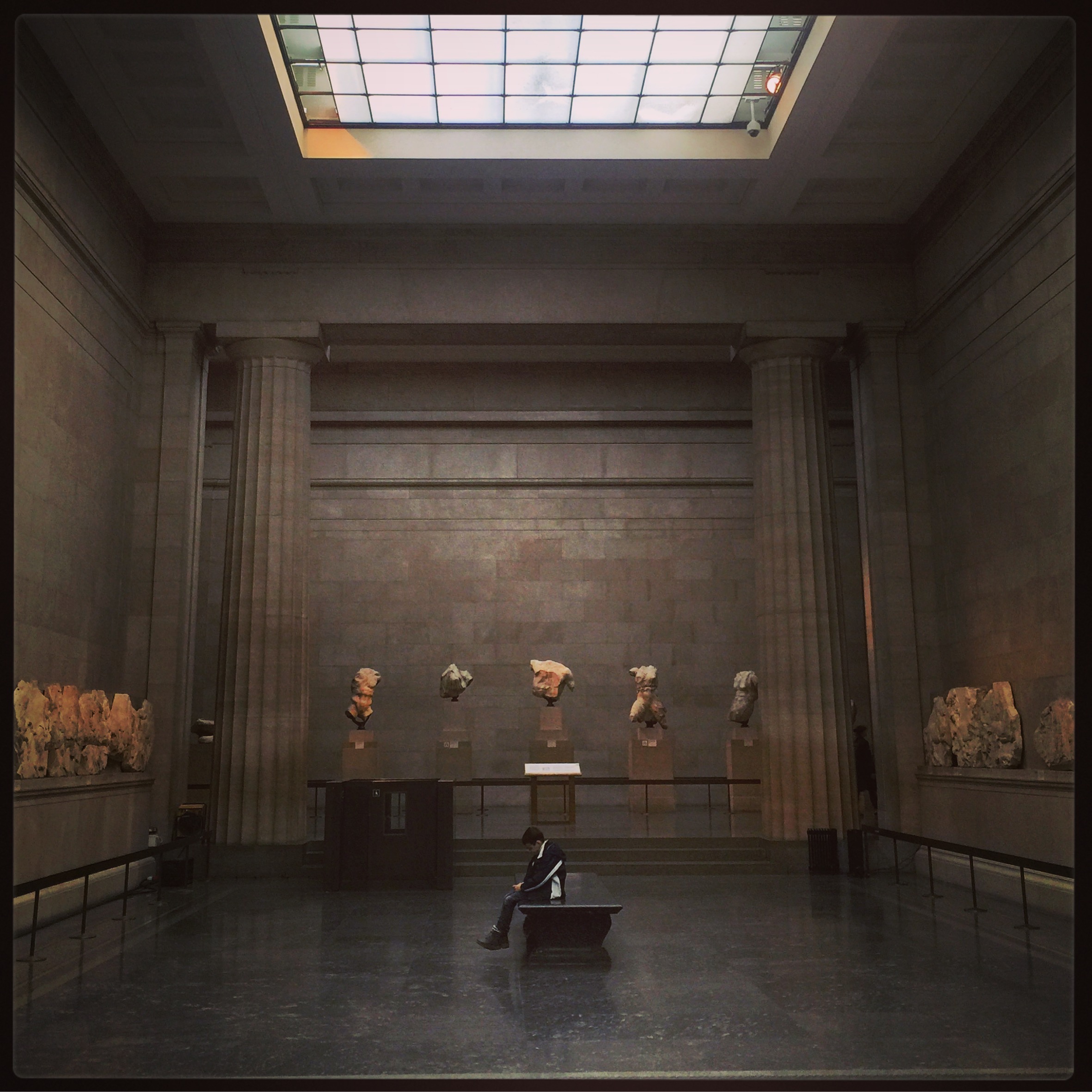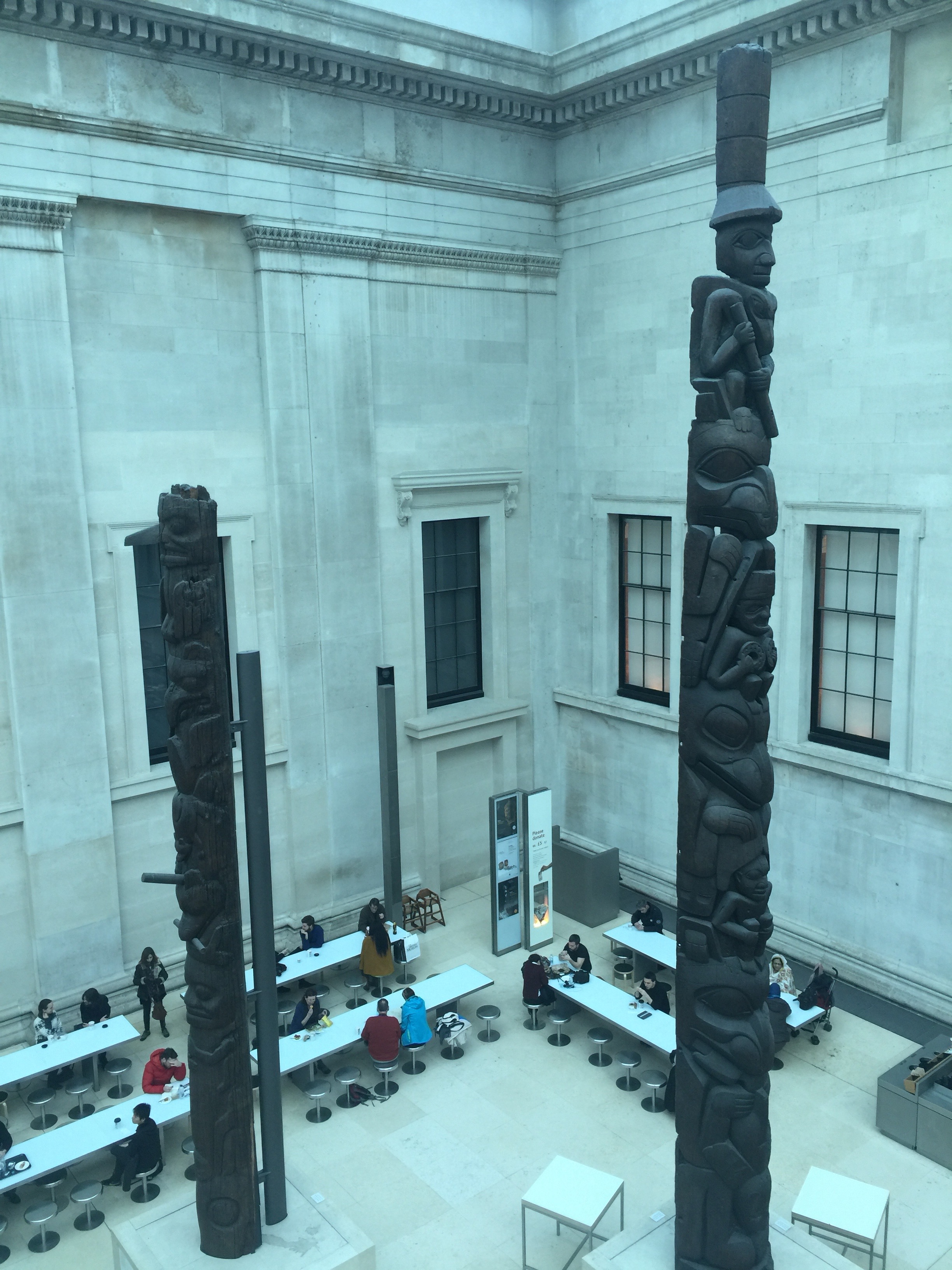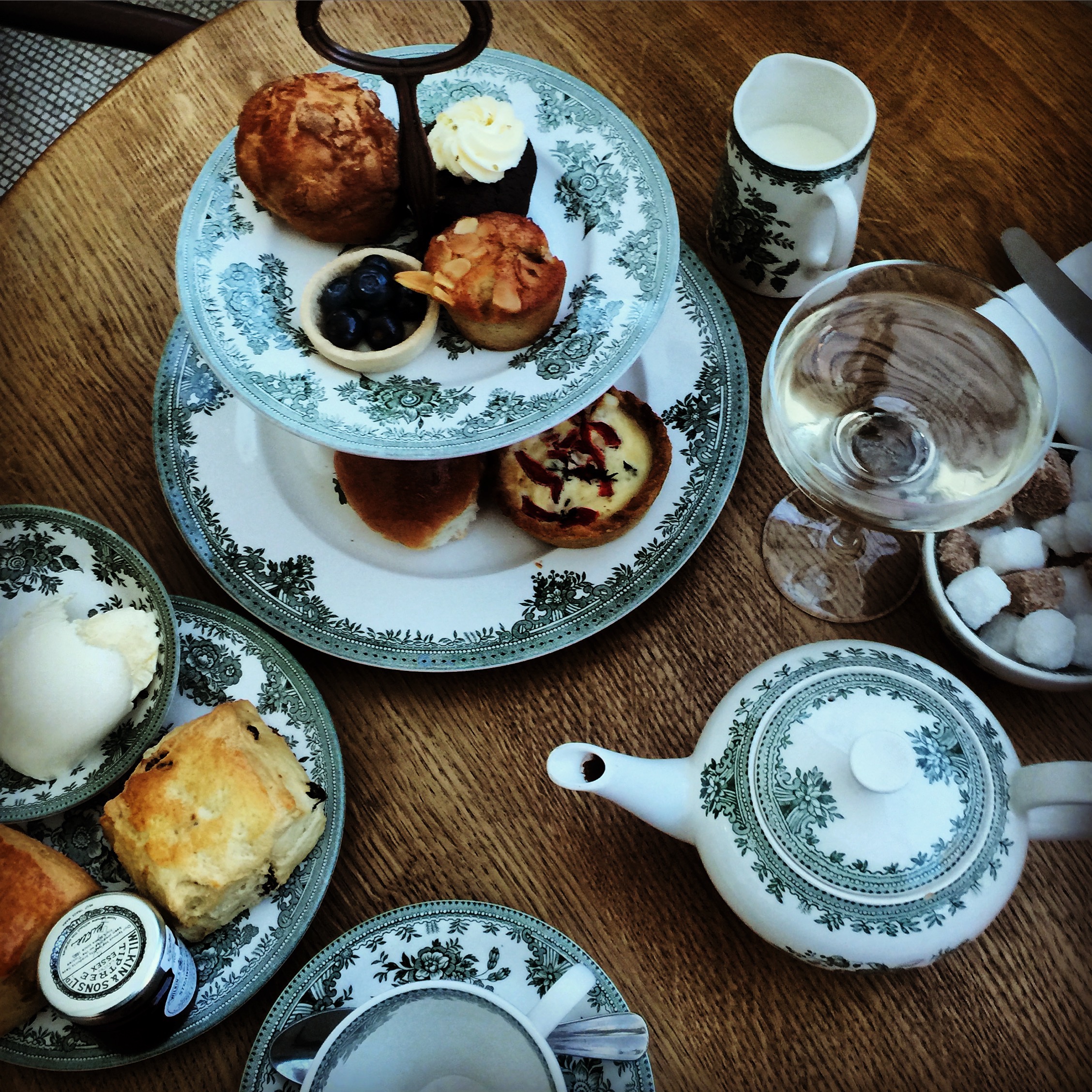London as always is a rush. Like New York, it is a place that seems endless and no amount of planning can cover off all that you might want to see and experience. And so, like with any great buffet, you have to pick and choose wisely, knowing that many tempting things will not get onto your plate. This time around, I am here to attend a conference and give a paper related to the Venice Biennale. But I am also here to visit with a dear friend and fellow art historian, Lara, who has recently moved to London to pursue her professional interests in art advising, appraising, and all things art history. With this particular conference and visit thus far, I have been struck by intersecting themes around value, perception and status as it relates to both art collecting and exhibition—I am in London after all.
Capturing the scene outside of Sotheby's on the night of my arrival. The quiet on the street sits in contrast to the millions of dollars in art transactions happening inside.
It started Wednesday night when I arrived and met with Lara at Sotheby’s to attend the Impressionist and Modern Art evening auction. I was fortunate that Lara could secure us tickets, and inside we were witness not only to a real “scene” in terms of conspicuous displays of wealth and posturing, but also the tens of millions of dollars in art sales transactions that transpired in minutes, and with such casualness and even an air of the banal. Flipping through the catalogue, it was fascinating to read both the provenance and exhibition history of each object—some of the works had not been seen publicly in decades, such as the much buzzed about Rodin statue which did sell for a higher price than expected—while others, such as Monet’s Le Palais Ducal had been circulated through well placed shows over the last century and would be recognized by educated collectors. Like a cabinet of curiosities, the assembly of items up for auction represented an eclectic and unexpected mix of objects that had landed together for a short time, each with its own long story of transmission.
My souvenir from the night-- the catalogue (a million thanks to Lara for securing the tickets!)
The next day I headed over to the University of London for the Venice Biennale conference. My paper, related to the ways in which the Biennale has been transformed by shifts in both perception and curatorial vision over recent decades, was part of a panel interrogating the evolution of the event’s strategic positioning in connection to the global art market. What struck me in the post-panel discussion was just how conflicted people remain about the motives around why and how people collect art. In my own arguments, I raised the issue of how difficult it is to stage a high-profile art exhibition claiming alterity and a call for art to speak truth to power when the biggest spenders in the current art market are people who have made their money in non-democracies with horrendous human rights records and history of attacks on artistic freedom. Others commented on the recent interest in collecting dematerialized art forms (such as performance and site-specific installations from the 1970s) that had originally been conceived to resist commodification. Is this part of an attempt to recognize and bring awareness to these art practices, or more cynically, is this just a form of niche collecting that is gambling on these objects having some future value. Is it both?
The somewhat imposing door and entrance to the conference venue. So much tradition and history at this particular institution.
Later in the afternoon with my head spinning from conversations about art, money, and questions of legitimacy, I headed across the street to the British Museum. Oddly, in all of my trips to London, I had somehow never made the visit. Maybe it is my own natural resistance to tradition, or the problem again of the London buffet, but this time I was determined to see the famed Elgin marbles that I have lectured about dozens of times in my art history survey courses. My timing was perfect as the rooms with the marbles were quiet and almost empty. I couldn’t help thinking about the connections between what I was seeing, my night at the auction, and the conference discussion a few hours earlier. Of course the story of how these objects ended up in this room are part of all of those paradigms (I felt the exact same tension when viewing the Haida poles in the main museum entrance), but also my self-awareness over the way I was viewing and experiencing these objects. It was all a bit too palpable. Later after a much needed break and indulgent afternoon tea service (did I mention the jet lag yet?) I wandered through the Enlightenment section of the museum, cleverly constructed as a virtual space that places viewers inside an 18th century library complete with cabinets of oddities and objects to delight the senses. It was a reminder of how the impulse to assemble, order, and catalogue information is part of my own training. It was also a reminder of how the world of art and the study of its many messy contours remains incredibly relevant and vital.









